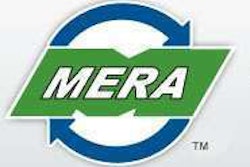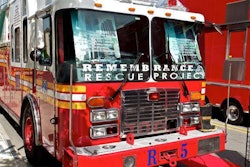Trying to get the most out of your fleet’s tires? Remember that heat is tire enemy number 1 and that heat and under-inflated tires are a bad, bad combination.
An article in the Saturday Evening Post stated that 80 percent of all tire failures were related to under-inflated tires. The article appeared in 1928. Nothing has changed!
“With many areas of the country experiencing record high temperatures, this is a good time to implement a consistent tire air pressure monitoring program. Scorching temperatures can create a tire failure surprisingly fast on under-inflated tires,” says William Estupinan, vice president of technical service for GITI Tires in the Americas (GITI Tire manufactures and sells GT Radial truck tires worldwide).
Under-inflated tires lead to:
- Increased flexing
- Increased heat buildup
- Faster wearing
- Increased fuel consumption (10 psi = 1% MPG)
- Poor feeling on the road
- Loss of traction in turns
Over-inflated tires lead to:
- Reduced wet performance
- Reduced shock absorption
- Suspension wear
- Vulnerability to cutting and impacts
In addition, unequal inflation is a problem that can affect duals. It occurs when tires on the same axle are inflated to different air pressures and can lead to: irregular wear and reduced fuel economy.
To prevent inflation problems, truck operators should check tire cold inflation pressure as frequently as possible, because truck tires lose up to 2 psi (pounds per square inch) per month and change one psi for every 10ºF temperature change and every 2,000-foot altitude change. Other sources of air loss include leaks at the bead and rim interface, loose valve stems, and valve core penetrations.
To correctly check truck tire air pressure, you need to know:
- Tire size and load rating
- Actual maximum load per axle
- Number of tires per axle
- Maximum speed during operation
- Service conditions (on-highway vs. on-highway)
Operators should additionally refer to the tire manufacturer’s data book or tire industry standards (TRA, ETRTO, ALAPA). A good air compressor, dry air lines, a quality air gauge and automatic regulators are crucial for proper air pressure checks.










